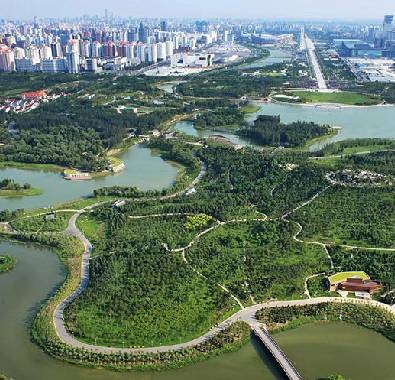
Category
inspiring ideas
inspiring ideas
Although Beijing is known for its air pollution due to its dense population and advanced industry, it is also home to a very rich vegetation with its tree species and forest structures. Beijing is located in a broadleaf forest, but years of excessive logging have led to a drastic decline in the number of forests. But even today, more than forty thousand trees in Beijing's central district have been identified as more than a hundred years old. Some trees were recorded to be more than a thousand years old. For this reason, it is also noteworthy that the tree species in Beijing are predominantly old trees.
The Municipal Forestry Bureau is promoting fruit tree cultivation in Beijing. According to a 1990 study,
fruit trees in Beijing
account for more than 17% of all trees in the city. In the city's single-storey residential area, this figure can be as high as 23%, and in some areas as high as 42%. More than 40 fruit varieties are grown in the central region of the city.
Among the tree species in Beijing, the old and ancient ones are concentrated in palace and temple gardens and parks. Chinese Junipers, Eastern Thuja and Chinese Pines are seen as particularly long-lived trees that last for many years.
All property in Chinese cities is public, so there is no distinction between public and private green space. However, the lack of private land ownership does not negatively affect people's behavior regarding the care and attention to green spaces. Local people take care of the green spaces as if they were their own gardens.
According to unofficial regulations, cutting or relocating a tree taller than a building or more than a hundred years old requires the approval of the Beijing Forestry Bureau and the issuance of paperwork by the Beijing Landscape and Garden Institute.
The fact that Chinese cities value trees and green spaces so much is an indication of their concern for the future and an example for the world in this field.
Notes from 2019 Milan Design Week
PREVIOUS
Bauhaus School and Today's Understanding of Design
NEXT


